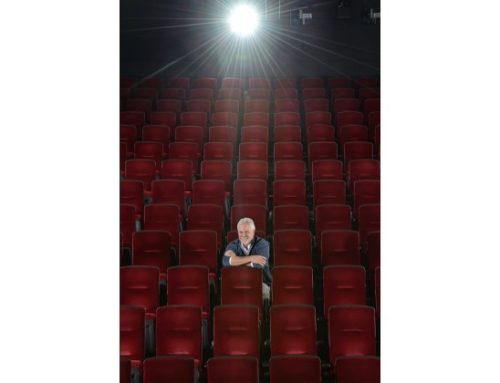QUESTION: What makes California visual artists different than all other American visual artists?
ANSWER: Since 1976, when the California legislature passed the Resale Royalty Act, American artists who reside in California, or whose work is being sold by California owners, have been entitled to a 5% royalty on any sale over $1000., whenever a gallery or collector resells their work. The right to this royalty continues for 20 years after the death of the artist. Now, that’s not to say that all sellers have cooperated with this law. Some of the major players in the business have, in fact, routinely ignored it. The issue has given rise to lawsuits in recent years, and the latest round of legal battle took place this week at a hearing in Pasadena, before the 9th Circuit Court of Appeals.
BACKGROUND: In Europe, resale royalties such as California’s are the norm. That’s because their copyright laws are different than ours. Under American copyright law, once the copyrighted object is sold, the full payment has been made. Artists must negotiate for the full value of their work upon sale, and not expect to profit from future sales. Because that’s just not how we do things in this country. The difference between the European model and the American model has to do with droit moral, or “moral rights,” of the artist – a concept that is alive and well in European (and particularly French) law, but is not inherent to our intellectual property laws. In short, the concept of moral rights has to do with an ongoing right of artists to control the fate of their artworks, be they paintings, novels, movies or something else. Where moral rights are recognized, they typically give artists the right to protect their work from revision. Such rights are as much about protecting the artist’s reputation as about the money. But that’s a bigger topic for another blog post.
Given that our system generally does not recognize so-called moral rights (and the term really is a misnomer), the realm where the concept comes into play the most is art law. In particular, the Visual Artists Rights Act of 1990 (VARA) protects moral rights. Apart from VARA, and scattered judicial interpretations of intellectual property cases, moral rights remain the exception under the American system. That’s why California’s Resale Royalty Act has long been an anomaly. There have been attempts to establish a national law along the lines of California’s law, but none have ever made it through Congress – at least, not yet.
In 2011, Laddie John Dill, Chuck Close and the heirs of Sam Francis and Robert Graham brought a lawsuit seeking to force some key auction houses – and Ebay – to follow the California law. That lawsuit was dismissed in 2012. This time around, the 9th Circuit hearing once again sought to determine the legitimacy of the law.
THE UPSHOT: At least for the foreseeable future, visual artists do not have the same rights and entitlements as do artists who create work for live performance and must be paid royalties whenever their work is performed. The visual arts community is divided about the likelihood of a national artist resale law coming to pass. So unless and until such a law comes into existence, vigilance continues to be the order of the day for California artists. Know your rights, and in particular, when you are entitled to a payday and when you’re not.




